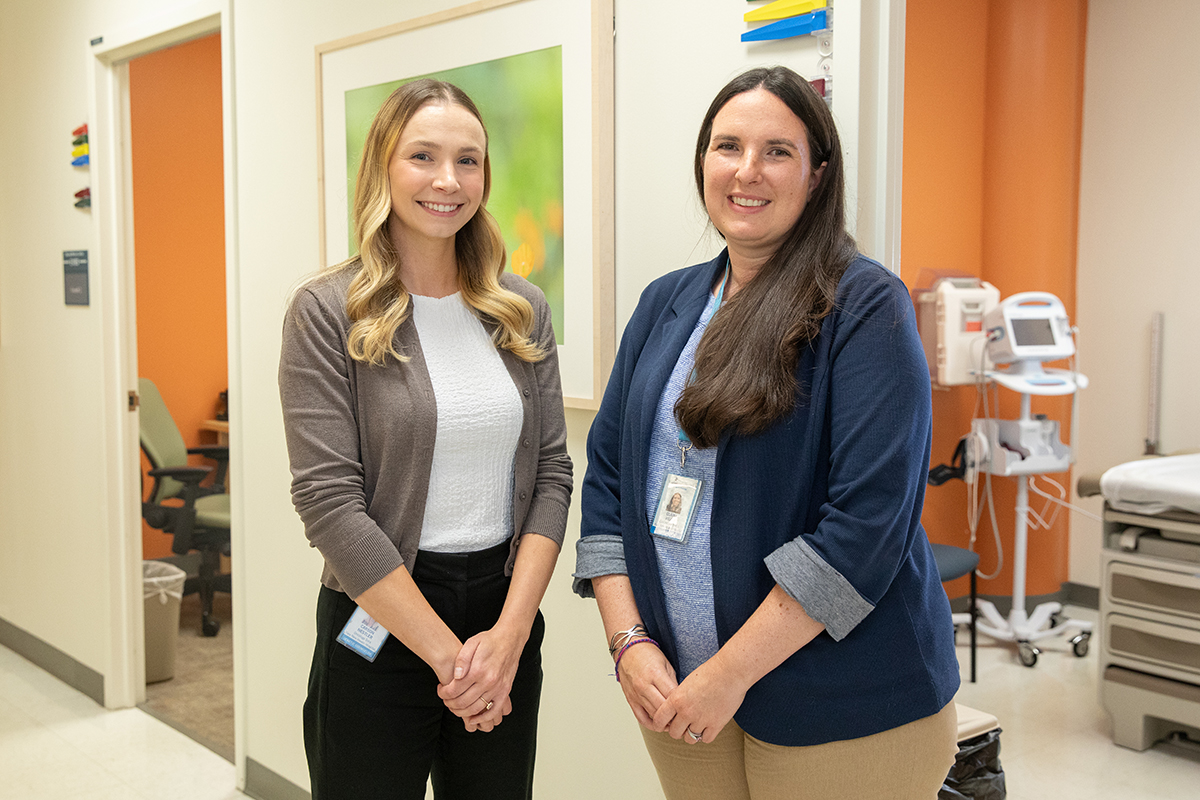Which diet is best for long-term health? There’s no ‘one size fits all’ approach, but experts agree eating less processed foods, which are known as inflammatory foods, can lead to better health outcomes.
For example, the Mediterranean and DASH diets are often supported by health experts because they are known for their effectiveness in reducing inflammation, largely due to their emphasis on whole and nutrient rich foods including fruits, vegetables, whole grains and legumes.
What is inflammation?
Inflammation is the body’s natural response to injury or infection. Everyone can experience acute or chronic inflammation to some degree. For example, a simple cut can trigger a series of reactions from the body’s immune system to protect you from harmful pathogens or cell damage and eventually heal you. This is an example of acute inflammation, which has a rapid onset that typically resolves within a few days.
Chronic inflammation occurs when inflammation continues long-term and can be caused by underlying conditions such as autoimmune diseases, metabolic diseases, gastrointestinal conditions and certain cancers. Over time if chronic inflammation is left untreated, it can damage organs and cells.
There are many factors that can trigger inflammation including pollution, bacteria, viruses and trauma. Some lifestyle factors can also contribute to chronic inflammation such as smoking, chronic stress, poor sleeping habits, and a nutrient-deficient diet.
What foods fight inflammation?
Inflammatory foods are often processed foods rich in saturated fats, refined grains and carbohydrates such as red meat, fried foods, and white bread. Alternatively, whole foods including fruits, vegetables and omega-3s would be considered anti-inflammatory. Berries, tomatoes, leafy greens, fatty fish, seeds, nuts, spices and herbs fall under that category.
An easy way to incorporate more anti-inflammatory foods into the diet is to ‘eat the rainbow’ by bringing more color to snacks and meals.
“The most common test to assess persistent levels of inflammation is CRP (C-reactive protein). Medical providers may use this test to monitor or diagnose inflammation. Changes in the diet may help to reduce that inflammation,” said Yale New Haven Health Clinical Dietician Lorena Vasquez, RD, who works with patients with inflammatory conditions.
However, simply adding extra blueberries to your diet won’t be enough on its own.
“There is not one super food that you should take because everybody is different,” said Vasquez. “Consider a more holistic approach that includes a healthy diet, better sleep, stress reduction, and physical activity.”
Tips to maintain a healthy lifestyle
Vasquez recommends patients come up with a tangible action plan to help jumpstart their journey to better health.
“First, identify your health priorities and the reason why you want to make changes. Then, set up one or several small goals to start. A good goal is SMART which stands for specific, measurable, attainable, relevant and time based. Setting SMART goals helps people to make sure their goals are not difficult to achieve and reasonable. Once you identified your goals, make sure they make sense in the context of your life. If it doesn’t make sense for you, it may be more challenging to achieve,” said Vasquez.
Write down your goal or goals and track progress over time. If you can stick to it, seeing progress can help motivate other changes. If you were unable to achieve your goal, perhaps it was not realistic.
“You can use a very friendly tool which is the confidence scale. Ask yourself how confident you are on a scale from one to 10. The closer you are to 10, the more likely you are to stick to your goal and be consistent. If you’re not close to a 10, re-assess your goal,” she said. “I guide my patients to make realistic small goals closer to 10.”
Unsure of where to start? A primary care provider can make tailored recommendations or referrals to specialists who can help.




